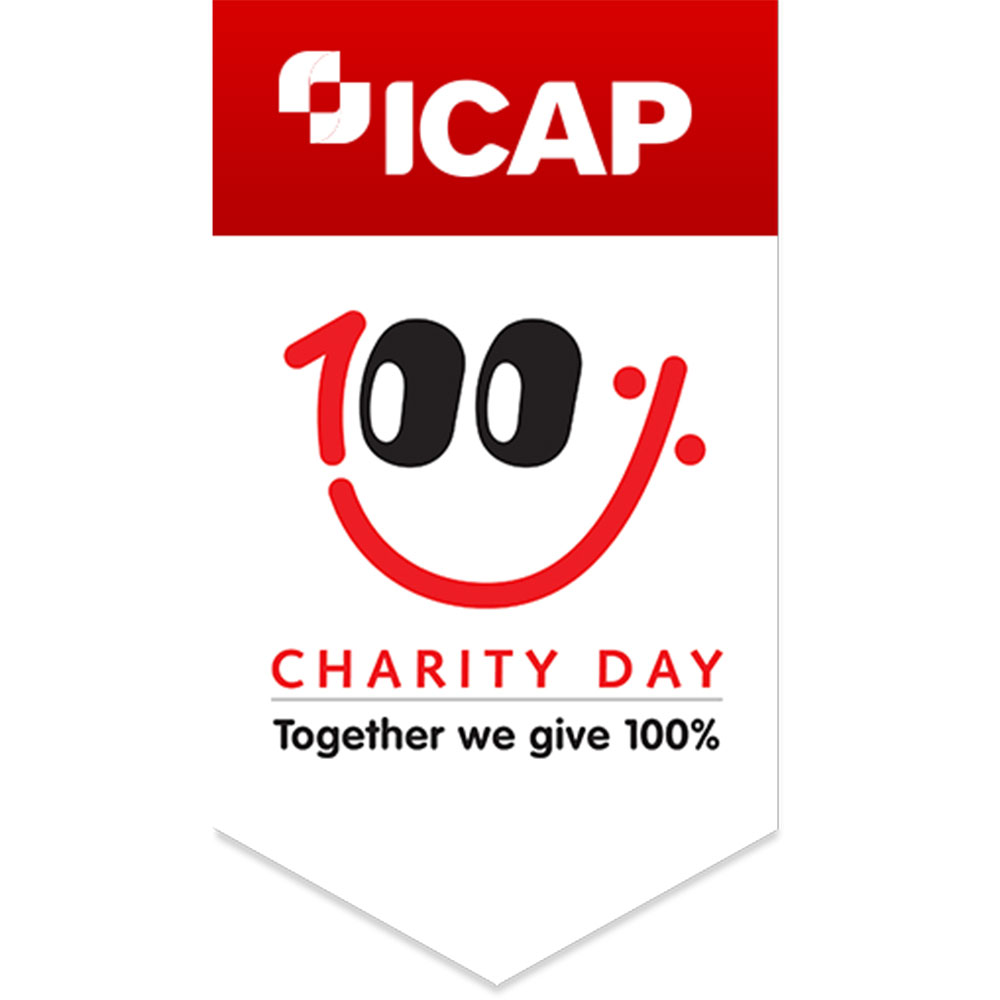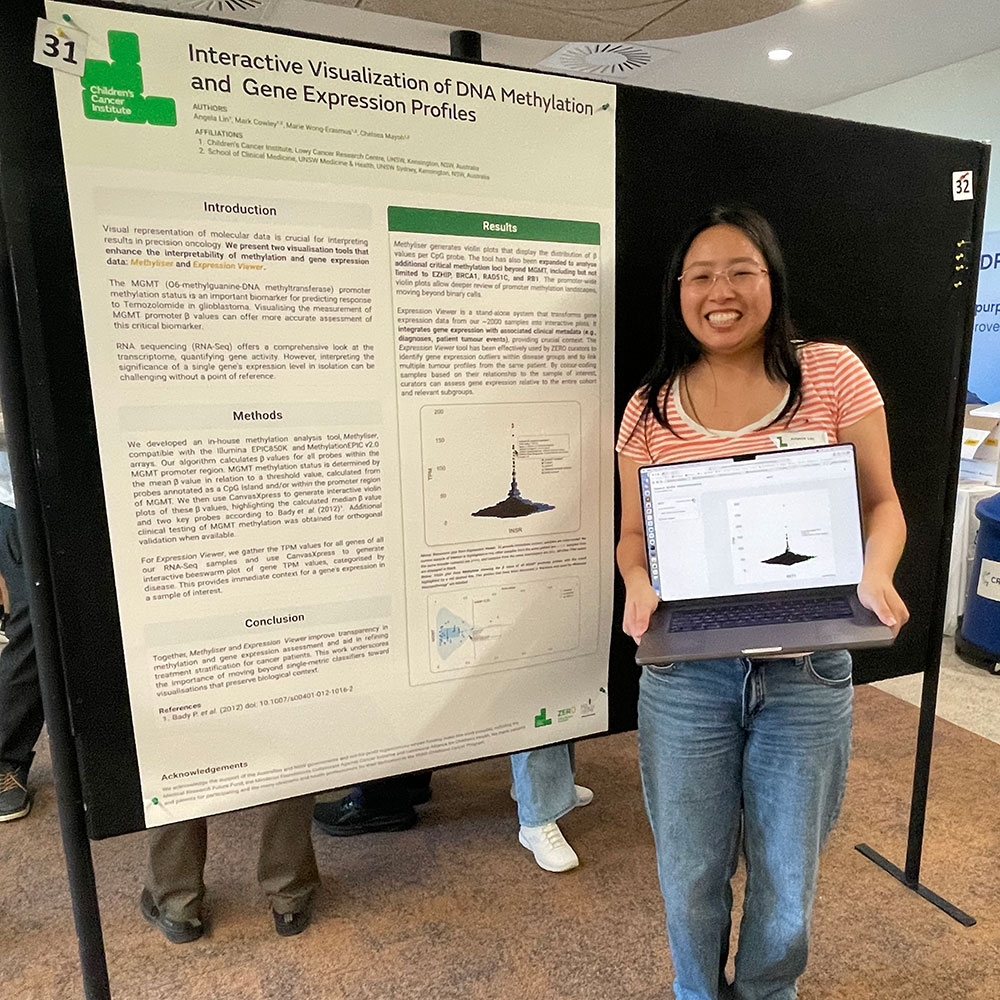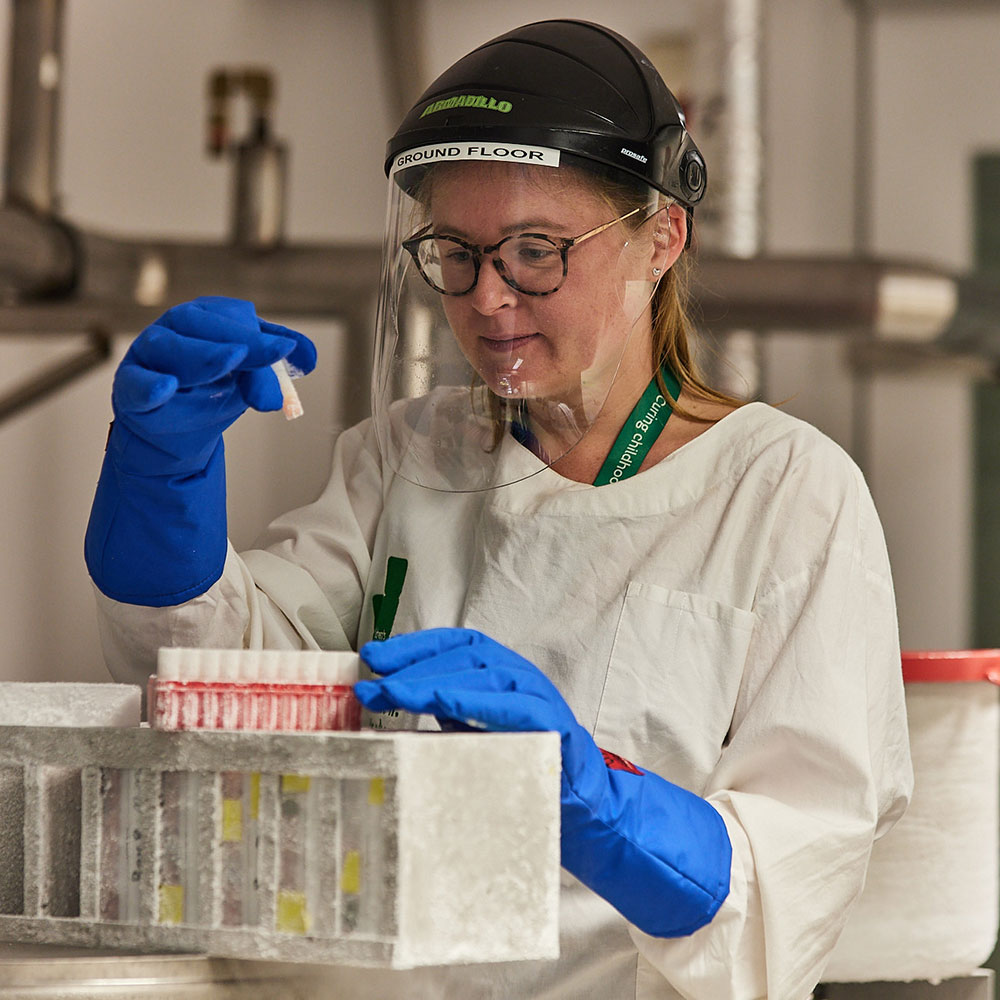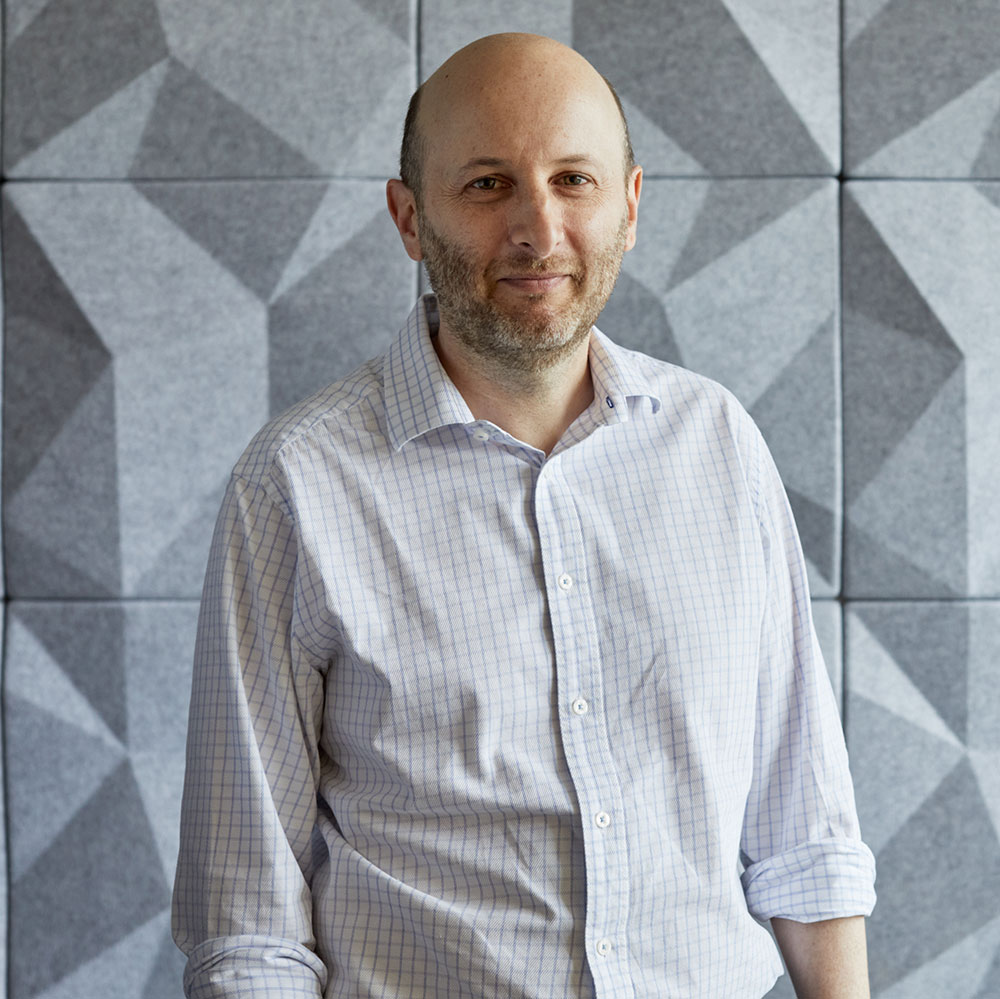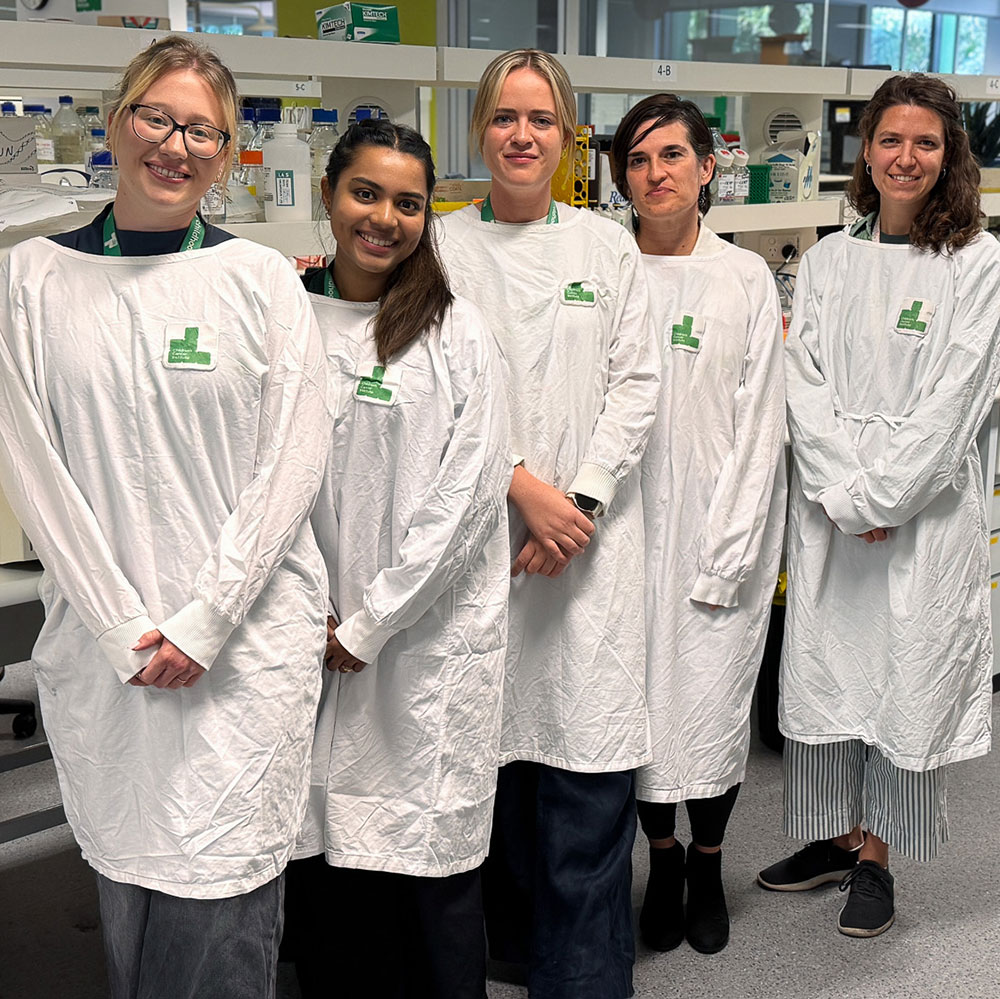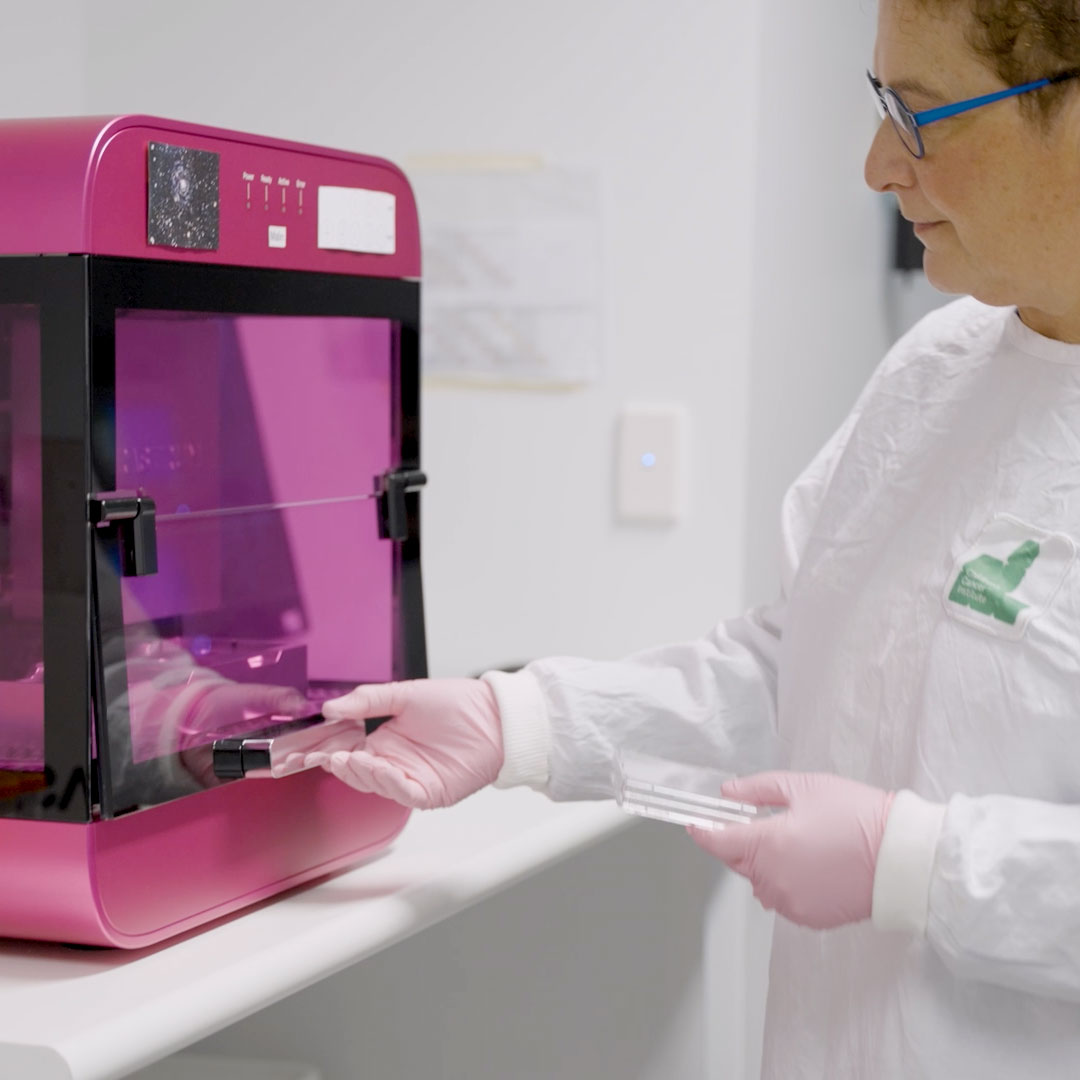A diagnosis of leukaemia in a child is always tragic. But perhaps most devastating of all is when that child is just a baby. How treatable is cancer in someone so young? What can we do to improve the outlook for these kids? Read on to find out…
The most common cancer in children is leukaemia, and of all cases of leukaemia, most are a type known as acute lymphoblastic leukaemia, or ALL.
Happily, the overall cure rate for children with ALL today is close to 90%. But that doesn’t mean that every child diagnosed with ALL is almost guaranteed to make it. Far from it. There are some things that make a child less likely to survive than others, and one of those things is young age.
‘High-risk’ leukaemia in babies
In what seems like a cruel irony, very young children who are unlucky enough to be diagnosed with ALL are at greater risk of dying than kids who are a few years older. Specifically, babies under one year of age – referred to as ‘infants’ by the medical profession – tend to be much less curable than those between the ages of 2 and 10.
Professor Richard Lock, who heads the Institute’s Blood Cancers theme, explains: “In a very young child, the immune system hasn’t fully developed. This means that they are less likely to be able to tolerate therapy, and it’s less likely that their leukaemia will actually respond to available treatments.”
When ALL develops in a baby, it often has genetic factors associated with it − certain gene rearrangements, for example − that act to drive the aggressive growth of the cancer, making it ‘high-risk’ and more difficult to treat. According to Professor Lock, these genetic changes are seen more often in the ALL cells of infants than in older children. And in some cases, they were there before the child was even born.
“Sometimes these molecular changes have actually happened in utero. The molecular driver of the cancer was already in some of the child’s cells at birth, and then it developed into a full-blown malignancy before the age of one.”

Professor Richard Lock, Head of Theme, Blood Cancers
Treating infant leukaemia
Leukaemia in a baby (infant leukaemia) is a life-threatening disease and, as such, requires intensive treatment. Unfortunately, intensive treatment is toxic to healthy cells, not just cancer cells. In an infant, this presents a major problem.
“Chemotherapy drugs are designed to target rapidly proliferating cells,’ explains Professor Lock. ‘In a young child, there are a lot of rapidly dividing cells, because the child is growing, and so there are a lot of normal cells that are going to be affected. This causes serious side-effects. There is a high price to pay for the treatment of cancer in children.”
“We really need to change the treatment paradigm for kids with leukaemia. Rather than blasting them with cytotoxic drugs that target any proliferating cell, we need to use therapies that specifically target the leukaemia cells.”
The way forward – targeted therapies for infant ALL
Professor Lock and his team in the Leukaemia Biology Group are working hard to advance our understanding of leukaemia and how it can better be treated. A major part of the Group’s research involves testing promising new treatments in the laboratory, to find out which of these should be fast tracked into clinical trials in children. The team is keen to see older conventional drugs replaced with modern ‘targeted therapies’.
An excellent example of such a therapy is a drug known as VTP-50469. To understand why this drug is so promising, it helps to know that the leukaemia cells of 80% of babies with ALL have a particular genetic change (mutation) known as an ‘MLL-rearrangement’, which acts to drive the aggressive growth of the cancer. VTP-50469 specifically targets this mutation, and therefore only affects leukaemia cells, not normal cells.
“When we tested VTP-50469 in the lab, we got the most fantastic response we’d ever seen from a drug used as a single agent,” says Professor Lock. “In our mouse models of disease, which essentially develop human ALL, the leukaemia melted away in most cases, with no noticeable side effects.”
VTP-50469 is now in clinical trials in adult leukaemia patients in the US, with early results looking very promising. As a result, it’s looking likely that the drug could soon progress to clinical trial in children with MLL-rearranged ALL.
Watch this space!


